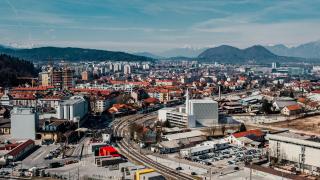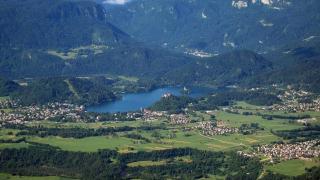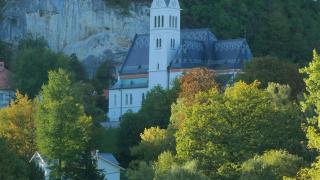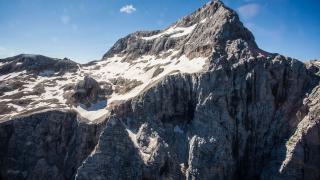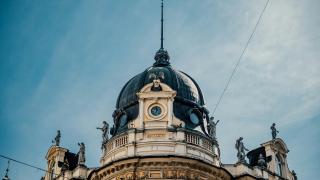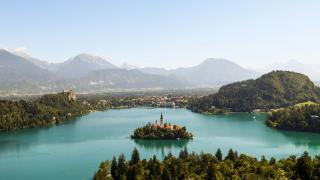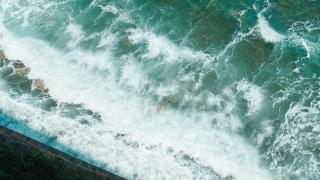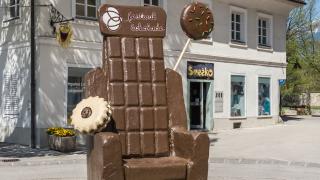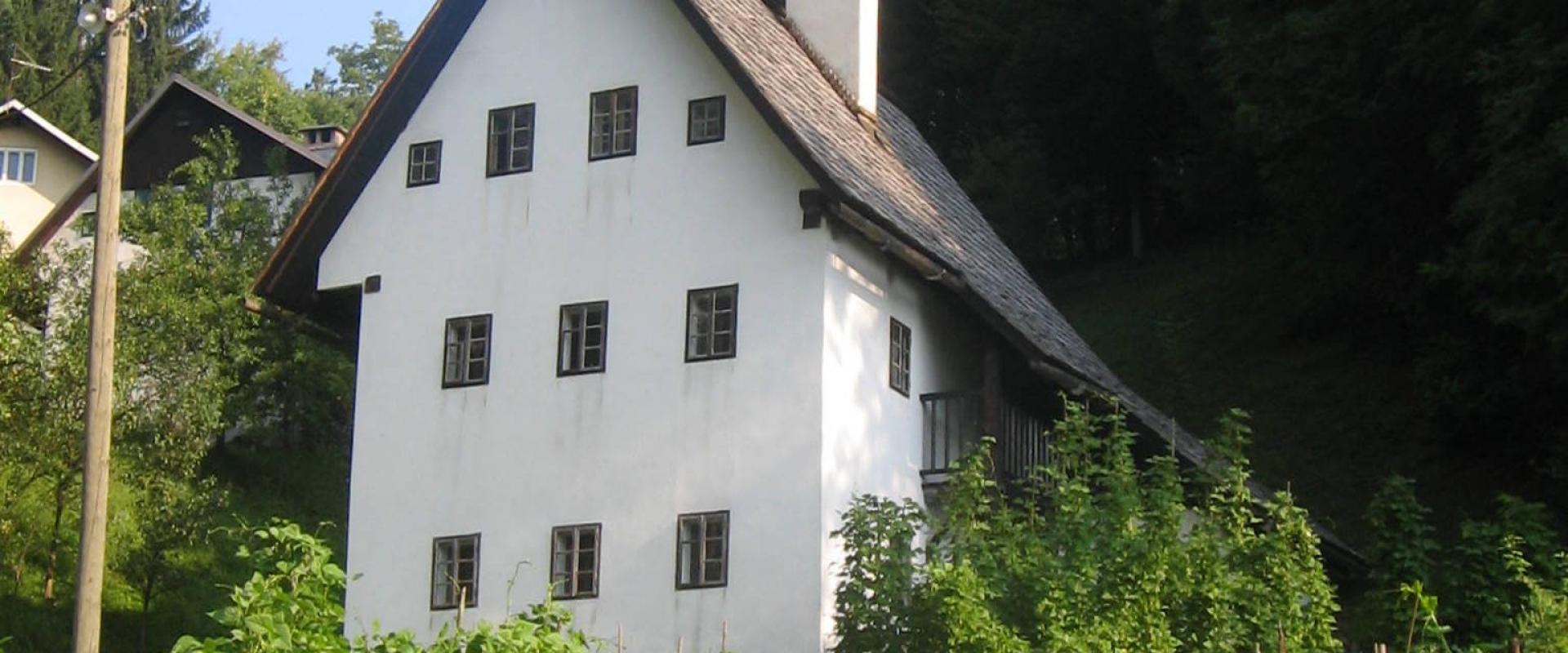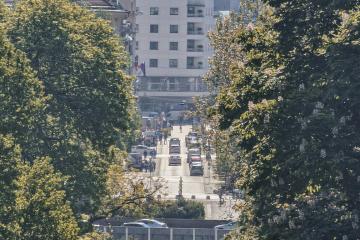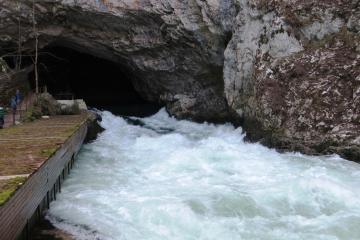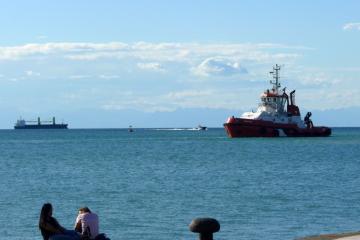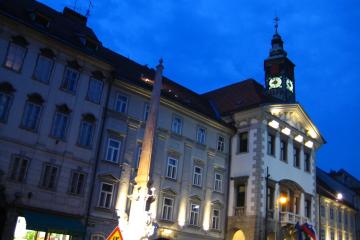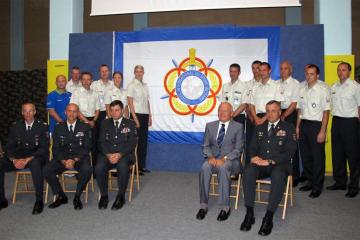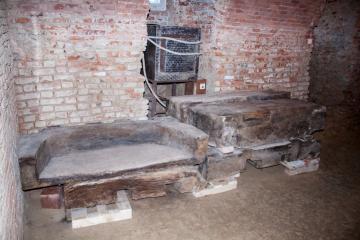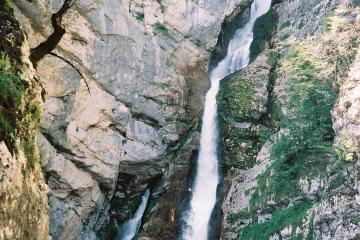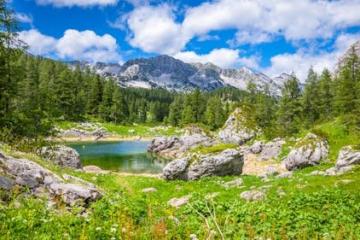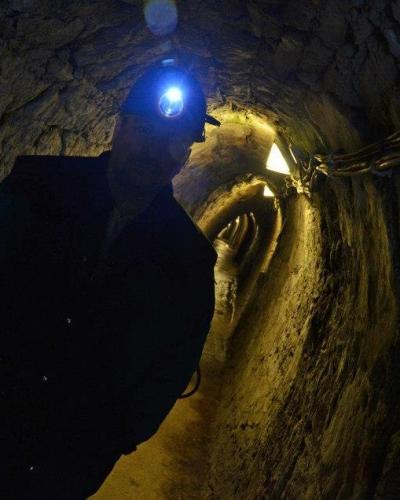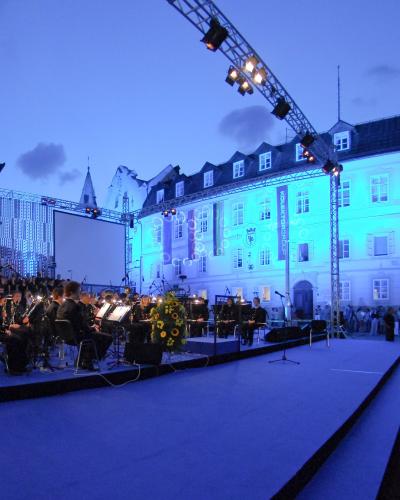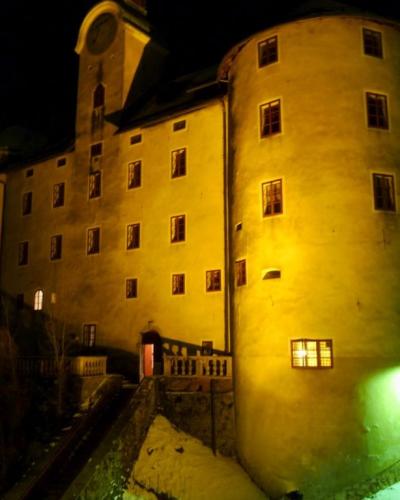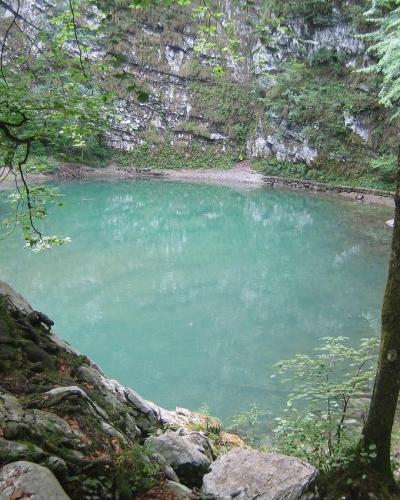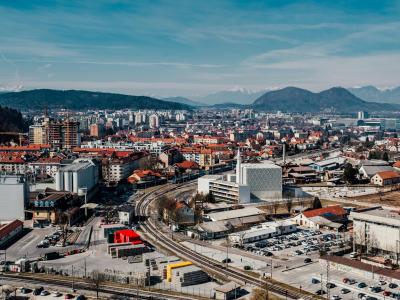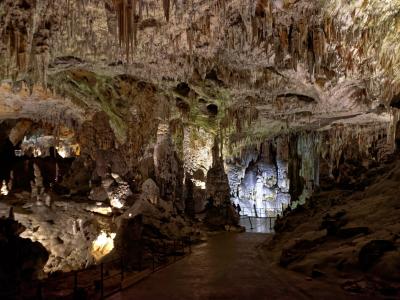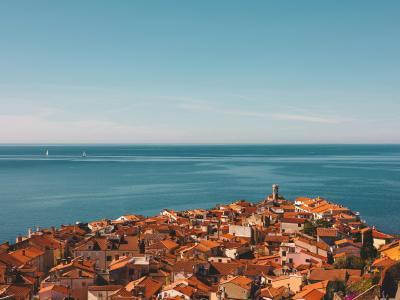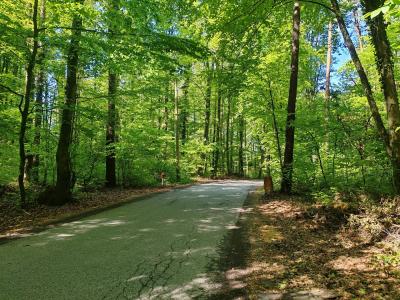Idrija
UNESCO mercury mine, lace heritage, and wild lake
Idrija, set in the rolling hills of western Slovenia, is a town whose destiny has been shaped by the discovery of mercury in the late 15th century. For over 500 years, the Idrija mercury mine was one of the largest and most important in the world, attracting miners, engineers, and traders from across Europe. The mine’s legacy is preserved in the Anthony’s Shaft (Antonijev rov), where guided tours lead visitors deep underground to experience the life and work of generations of miners. The mine and its associated heritage are recognized as a UNESCO World Heritage Site, highlighting Idrija’s global significance.
Above ground, the town’s history is celebrated in the Gewerkenegg Castle, a Renaissance fortress that now houses the Idrija Municipal Museum. The museum’s exhibits cover the history of mercury mining, the town’s development, and the artistry of Idrija lace—a delicate bobbin lace tradition that has earned international acclaim. Visitors can watch lace-making demonstrations, purchase handmade lace, and learn about the women who kept this craft alive for centuries.
Idrija’s natural attractions are equally captivating. The Wild Lake (Divje Jezero), a mysterious karst spring and one of the shortest rivers in Slovenia, is a popular spot for walks and photography. The surrounding hills and forests offer a network of hiking and cycling trails, leading to panoramic viewpoints, water barriers (klavže), and the picturesque village of Spodnja Idrija. The area is also known for its culinary specialties, including Idrija žlikrofi—potato dumplings with a savory filling, often served with lamb or mushroom sauce.
The town’s cultural calendar features lace festivals, concerts, and traditional events that celebrate Idrija’s unique heritage. The Notranjska region’s proximity to Postojna Cave, Predjama Castle, and the Vipava Valley makes Idrija a convenient base for day trips and further exploration.
Getting to Idrija is straightforward by car, with scenic roads connecting the town to Ljubljana (about 60 km away) and other regional centers. Public buses serve the area, and parking is available near major attractions. The town is compact and walkable, with visitor information centers providing maps, tickets, and advice on tours and activities.
The best time to visit Idrija is from May to October, when the weather is mild and ideal for mine tours, hiking, and exploring the town’s museums and natural sights. Spring and autumn offer colorful landscapes and fewer crowds, while summer brings festivals and outdoor events. Winter is quieter, with the town’s cozy cafés and museums providing a warm welcome.
With its blend of industrial history, lace artistry, and natural beauty, Idrija is a destination that rewards curiosity and offers a memorable journey into Slovenia’s rich and varied past.
Best Time to Visit
May to October offers mild weather for mine tours, hiking, and festivals; spring and autumn are scenic and less crowded, summer is lively and warm.
Plan Your Visit to Idrija
Essential travel tips and information for your trip to Idrija.
Travel Tips
Currency
Euro (EUR) • Cards widely accepted
Language
Slovenian • English in tourist areas
WiFi
Free WiFi in cafes and hotels
Explore Idrija by Interest
Discover attractions and experiences in Idrija organized by your interests and travel preferences.
All attractions in Idrija
Sorted by our recommendation score
Quick Facts
Book your stay
More destinations in Notranjska
Explore other amazing places in the Notranjska region
